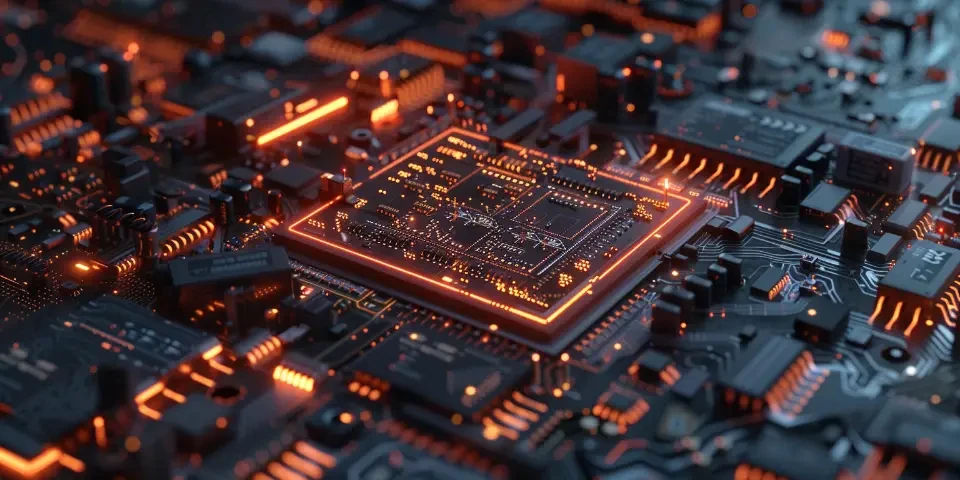Next-Level Photographic Journeys Exploring AI-Enhanced Photos
Photography has come a long way, thanks to advancements in technology. The integration of artificial intelligence (AI) has opened up new horizons, allowing photographers to take their craft to the next level. AI-enhanced photos have revolutionized the way we capture and edit images, providing a wide range of possibilities. In this article, we will delve into the various aspects of AI-enhanced photography and explore how it has transformed the art form.
1. AI-Powered Editing Tools
AI-powered editing tools have made post-processing a breeze for photographers. With the help of machine learning algorithms, these tools can automatically enhance colors, adjust exposure, and even remove unwanted elements from photographs. The popular software Adobe Photoshop, for instance, incorporates AI to intelligently enhance images and provide precise control over editing.

However, not all AI-powered editing tools are created equal. Tools like Luminar, with its AI Sky Enhancer and AI Structure features, stand out for their ability to enhance specific elements of a photograph with remarkable accuracy.
2. Super-Resolution and Image Upscaling
A major breakthrough in AI-enhanced photography is the ability to enhance image resolution and upscale images without losing quality. Traditional upscaling methods often resulted in pixelated and distorted images, but AI algorithms have changed the game.
Software like Topaz Labs' Gigapixel AI uses machine learning to analyze and understand the features of low-resolution images and upscale them, resulting in incredibly detailed and realistic high-resolution photographs. Photographers can now capture breathtaking landscapes or zoom in on specific details without compromising image quality.
3. Intelligent Auto Mode
Gone are the days of struggling to find the right camera settings for a particular shot. AI-powered cameras and smartphones now come equipped with intelligent auto modes that can analyze the scene and adjust the settings accordingly.
For example, smartphones like the Google Pixel 6 utilize AI algorithms to optimize exposure, white balance, and focus, ensuring every photo is well-balanced and crisp. This feature is particularly useful for beginner photographers or those who want to quickly capture spontaneous moments without worrying about technical settings.
4. AI-Generated Imagery
AI is not only limited to enhancing existing photographs. It can also generate entirely new imagery based on patterns and data it has learned. This opens up a world of creative possibilities for photographers.
One such AI-powered tool, DeepArt.io, allows photographers to transform their photos into stunning works of art inspired by famous painters or artistic styles. By applying AI algorithms, the tool analyzes the composition and style of the uploaded photo and recreates it in the chosen artistic style.
5. Intelligent Object Recognition
AI-powered object recognition technology has greatly simplified the process of organizing and categorizing photographs. Algorithms can now identify and tag objects, people, and even specific facial expressions within an image.
This feature is especially useful for professional photographers who need to quickly search through a large collection of images. Tools like Google Photos use AI to automatically detect and categorize people, places, and objects, making it effortless to find specific photos in the vast sea of digital images.
6. Real-Time Language Translation
Travel photographers often face language barriers while documenting different cultures and regions. AI has now made it possible to overcome these barriers by providing real-time language translation.
Apps like Google Translate can instantly translate text from different languages using the smartphone's camera. Photographers can simply point their camera at a sign or document and see the translated text overlaid on the screen. This technology has revolutionized the way photographers interact with their subjects and capture the essence of different cultures.
7. AI-Enhanced Image Search
Searching for specific images or types of photographs within a vast collection is often a daunting task. AI-powered image search engines, such as Shutterstock and Google Images, have simplified this process.
These search engines utilize AI algorithms that can analyze the content of images, recognize objects, and even understand contextual cues. Photographers can now find images by simply describing them or by providing a sample image, allowing for more efficient and accurate searches.
Frequently Asked Questions:
Q1: Can AI completely replace traditional photography techniques?
A1: While AI has significantly enhanced the capabilities of photographers, traditional photography techniques and the photographer's creativity still play a vital role. AI serves as a valuable tool that complements and assists photographers in capturing and editing images.
Q2: Does AI pose any ethical concerns in photography?
A2: AI raises concerns around privacy and the potential misuse of facial recognition technology. Photographers must be mindful and ethical when using these technologies, respecting the privacy rights of individuals captured in their photographs.
Q3: Do AI-powered cameras produce better results than traditional cameras?
A3: AI-powered cameras leverage machine learning algorithms to optimize settings and improve image quality. While they offer convenience and better automated settings, the final outcome depends on the photographer's expertise and artistic vision.
References:
1. Topaz Labs - Gigapixel AI: https://topazlabs.com/gigapixel-ai/
2. DeepArt.io: https://deepart.io/
3. Google Photos: https://photos.google.com/
Explore your companion in WeMate